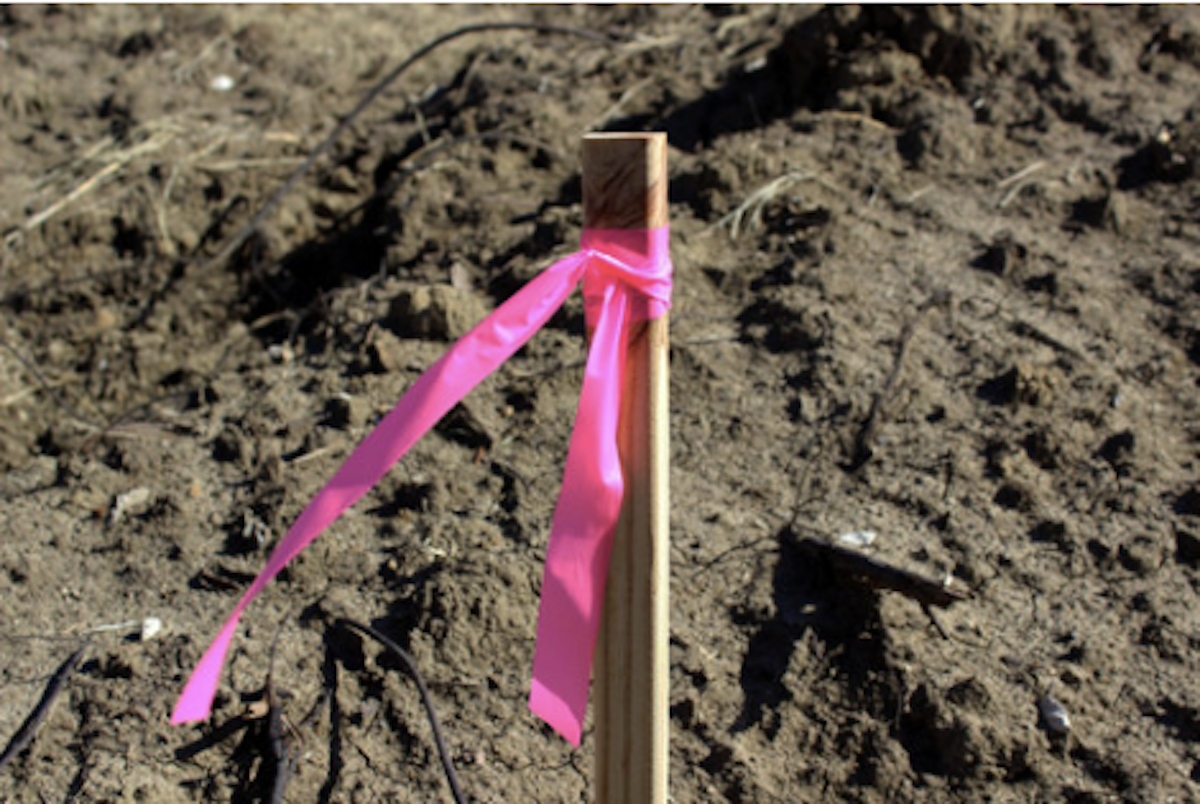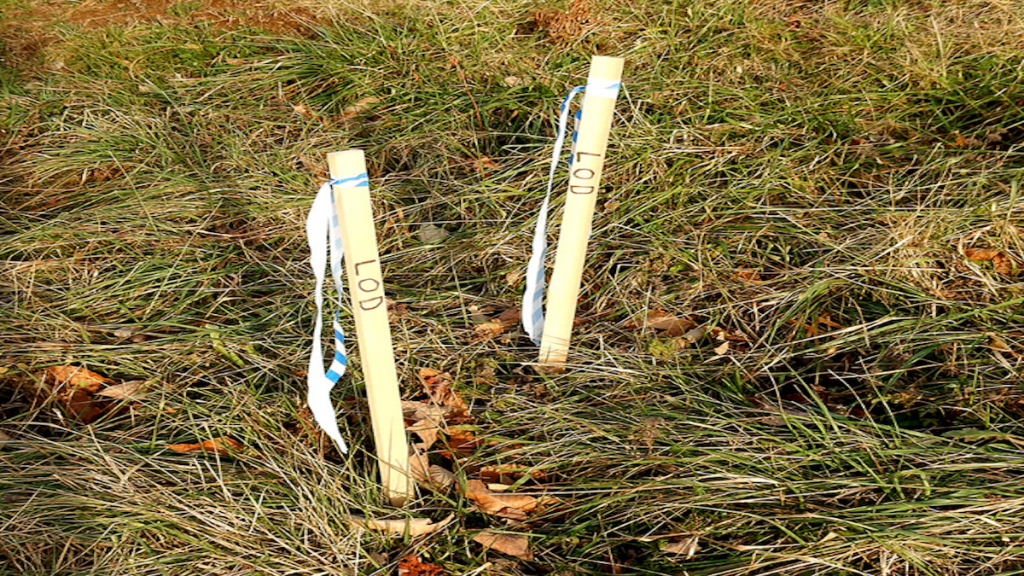When you’re out and about, especially in urban or suburban areas, you may have noticed small, colorful markers on the ground or along the roadside. Among these markers, you might have seen pink ones. But what do these pink survey markers mean? In this comprehensive guide, we’ll unravel the mystery behind pink survey markers, their significance, and the role they play in land surveying.
Understanding Survey Markers
Survey markers, also known as survey monuments or benchmarks, are physical points on the Earth’s surface with precisely known coordinates. They serve as reference points for land surveyors and geospatial professionals to establish property boundaries, create accurate maps, and perform various types of surveys.
These markers come in various colors and shapes, each denoting specific information to surveyors and those familiar with their meanings. Pink survey markers, in particular, have a distinct purpose and significance.
The Significance of Pink Survey Markers
Pink survey markers are typically used to indicate property corners. When a land surveyor places a pink marker, it signifies the precise location of a property boundary corner. These markers are usually made of durable materials like metal or plastic to withstand the test of time and environmental conditions.
Property boundaries are of utmost importance in real estate, construction, and land development. Accurately locating and marking these boundaries helps property owners understand the limits of their land and prevents disputes with neighbors. It also aids in planning and zoning regulations and ensures that construction projects stay within legal boundaries.
Types of Pink Survey Markers
Pink survey markers come in different forms, and their appearance may vary depending on local regulations and surveyor preferences. Here are a few common types:
- Pink Caps on Rebar: In many cases, land surveyors will attach pink caps to rebar rods driven into the ground. These are often used for property corners.
- Pink Nails: Surveyors may also use pink nails, often with a plastic or metal washer, to mark property corners. These nails are typically driven into wooden stakes.
- Pink Painted Rocks: In some regions, especially rural areas, you might encounter pink paint on rocks or concrete markers. These can also indicate property corners.
- Pink Disks: Pink disks made of durable plastic or metal may be set flush with the ground to mark property corners.
The Role of GPS Technology
Modern surveying has evolved significantly with the advent of GPS (Global Positioning System) technology. Surveyors can now use GPS devices to precisely locate and mark property boundaries. While physical markers like pink caps or nails are still common, GPS coordinates have become a standard way to record and document property corners digitally.
Why Pink?
The choice of pink for survey markers is not arbitrary. Surveyors use a standardized color-coding system to convey specific information about the marker’s purpose. Here’s what pink typically signifies:
- Pink: Property boundary lines or corners.
The color-coding system ensures that surveyors, property owners, and other professionals can quickly and easily identify the meaning of a survey marker by its color.
The Surveying Process
Surveying is a meticulous process that involves several steps:
- Research: Surveyors begin by researching historical records, deeds, and maps to gather information about the property in question.
- Field Work: They then conduct fieldwork, which includes measurements, GPS data collection, and the placement of survey markers like pink caps or nails at property corners.
- Data Analysis: Back in the office, surveyors analyze the data collected in the field to determine property boundaries and create accurate maps.
- Documentation: Finally, the surveyor provides documentation, including a survey report and a map (often referred to as a plat), to the property owner and relevant authorities.
Importance of Hiring a Professional Surveyor
If you’re dealing with property boundaries, construction projects, or land development, it’s crucial to hire a licensed and experienced land surveyor. They have the expertise and knowledge to accurately determine property lines and place the appropriate survey markers. Attempting to survey land without professional guidance can lead to errors, legal disputes, and costly setbacks.
Conclusion
Pink survey markers serve a critical role in land surveying, specifically indicating property boundary corners. They are part of a standardized color-coding system that helps surveyors and property owners quickly identify the purpose of a marker. In an era of advanced technology, GPS devices have become invaluable tools for precisely locating and documenting property boundaries.
If you encounter pink survey markers on or near your property, it’s a sign that a professional land surveyor has carefully marked the boundaries to ensure accuracy and compliance with property regulations. Always consult a licensed surveyor when dealing with property boundaries to avoid disputes and ensure your projects stay within legal limits.
In summary, the next time you spot a pink survey marker, you’ll know that it’s more than just a colorful dot on the ground; it represents the precision and expertise of land surveyors in defining and protecting property boundaries.
If you’re interested in learning more about the importance of land surveys, visit How to Find a Good Local Surveyor on our website.



